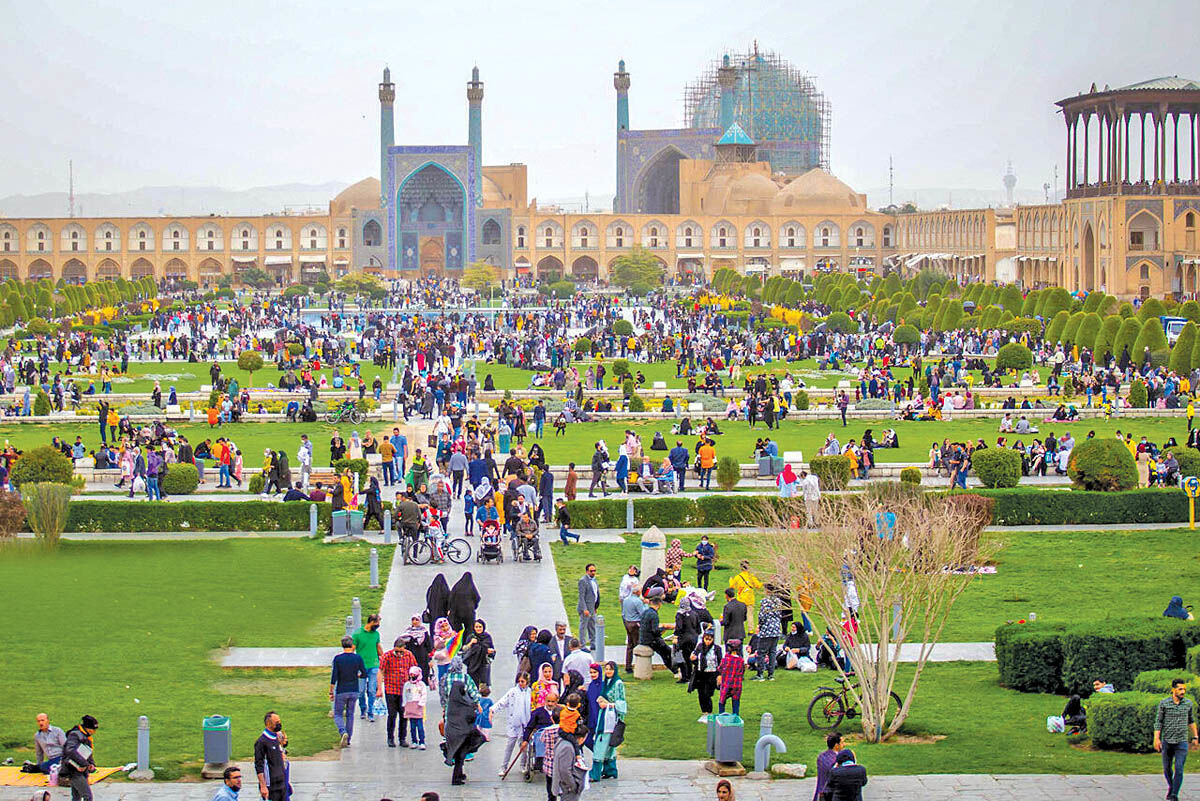TEHRAN - The 14th annual conference of Isfahan Commemoration Week took place on Thursday evening, coinciding with Isfahan Day.
Organized by local cultural associations and attended by notable figures, the event celebrated the city’s rich history and heritage, ISNA reported.
Prominent participants included Mehdi Keyvan, a historian and expert on Isfahan, Abdollah Jabal-Ameli, former head of Isfahan’s cultural heritage and tourism department, and Fazlollah Salavati, a writer and researcher. Environmental and cultural heritage activists from across the city also joined the gathering.
The conference underscored Isfahan’s cultural and historical significance, with attendees emphasizing the importance of preserving its heritage for future generations.
Isfahan Day, observed annually on Azar 1st (November 21), commemorates the construction of the city’s grand defensive wall during the reign of Hasan Rokn al-Dowleh Daylami, who was the first Buyid amir of northern and central Iran (c. 935-976). He was the son of Buya.
The day was first designated in 2005 by Isfahan scholars, who also chose the historic imagery on the tilework of the Qeysarieh Bazaar Gate, depicting the zodiac sign Sagittarius (Azar month)—as the official symbol of Isfahan.
In 2018, the Isfahan City Council formally approved Azar 1st as Isfahan Day, highlighting the city’s breathtaking springtime attractions.
A city of historical significance
The ancient city of Isfahan, situated at the crossroads of Iran’s north-south and east-west trade routes, reached its zenith between the 9th and 18th centuries. During the Safavid era, it became Iran’s capital under Shah Abbas the Great. Renowned for its Persian-Islamic architecture, the city is home to historical landmarks such as Naqsh-e Jahan Square, a UNESCO World Heritage site.
Moreover, the ancient city was once a crossroads of international trade and diplomacy in Iran and now it is one of Iran’s top tourist destinations for good reasons. It is filled with many architectural wonders, such as unmatched Islamic buildings, bazaars, museums, Persian gardens, and tree-lined boulevards. It’s a city for walking, getting lost in its mazing bazaars, dozing in beautiful gardens, and meeting people.
The Persian proverb “Isfahan nesf-e-jahan ast” (Isfahan is half the world) reflects the city’s cultural and historical prominence.


No comments:
Post a Comment